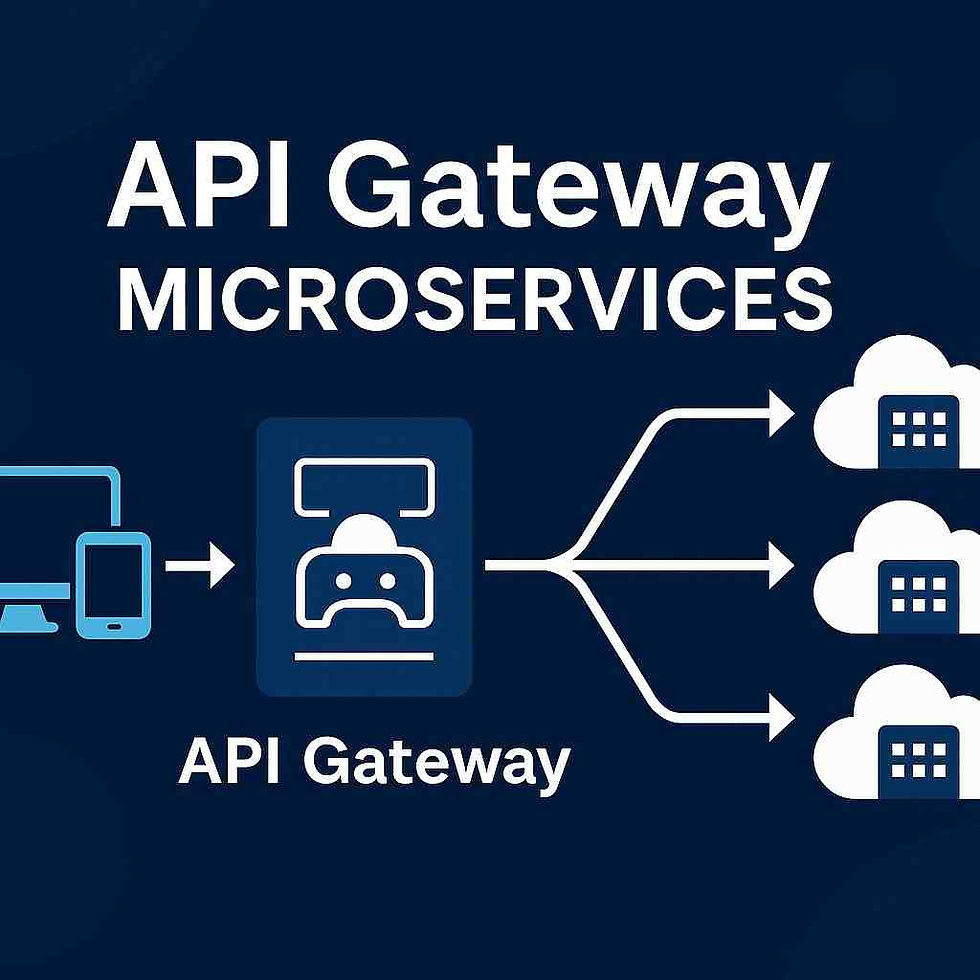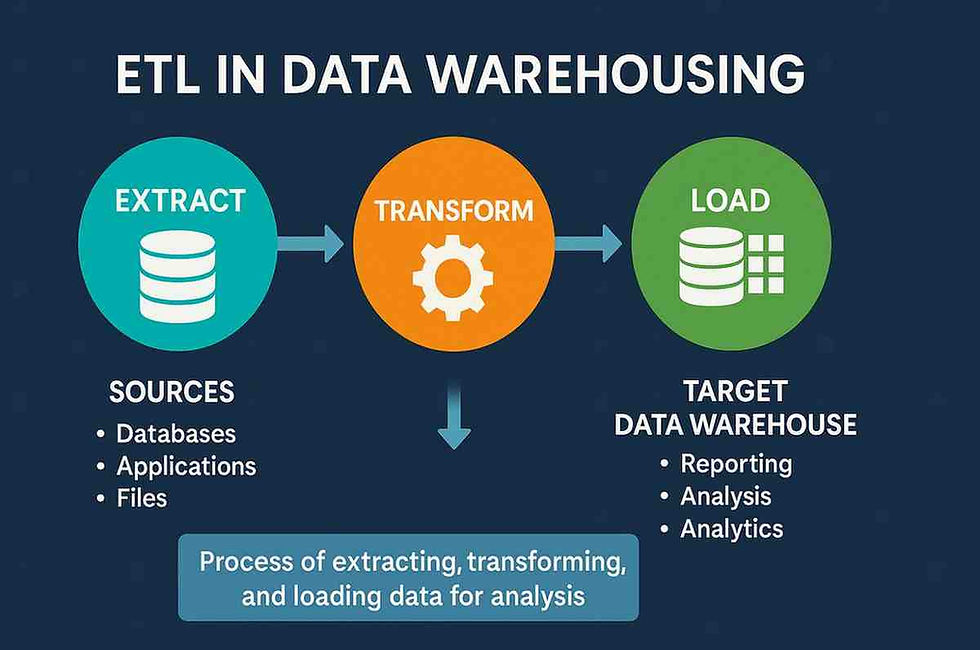Bug Severity vs Priority: Essential Guide for QA Teams 2025
- Gunashree RS
- Jul 24
- 7 min read
What's the Real Difference Between Bug Severity and Priority?
Understanding the distinction between bug severity and priority is fundamental to effective software testing and quality assurance. While these terms are often used interchangeably, they serve completely different purposes in the software development lifecycle.
Recent analysis reveals that early and consistent software testing can reduce the financial impact of bugs by up to 50% while improving overall product quality. This makes proper bug classification even more critical for modern development teams.
Bug severity measures the technical impact a defect has on the software system itself, while bug priority determines the business urgency of fixing that defect. A critical system crash might have high severity, but if it only affects a deprecated feature used by 0.1% of users, its priority could be surprisingly low.

How Do You Define Bug Severity in Software Testing?
Bug severity is an objective measurement that evaluates how significantly a defect disrupts software functionality. It focuses purely on the technical impact without considering business context or user demographics.
The Standard Severity Classification System
Most organizations use a four-tier severity system:
Critical Severity (S1)
Complete system failures or crashes
Security vulnerabilities allowing unauthorized access
Data corruption or permanent data loss
Application completely unusable
High Severity (S2)
Major feature failures affecting core functionality
Significant performance degradation
Workarounds exist but are complex or unreliable
Multiple user workflows disrupted
Medium Severity (S3)
Minor feature malfunctions with simple workarounds
Cosmetic issues affecting user experience
Non-critical features behaving unexpectedly
Isolated functionality problems
Low Severity (S4)
Spelling errors, formatting issues
Enhancement requests
Documentation inconsistencies
Minor UI alignment problems
Q&A: Common Severity Assessment Questions
Q: How do you measure severity objectively?
A: Focus on technical metrics like system availability, performance impact, data integrity, and functional coverage. Avoid business considerations during severity assessment.
Q: Can severity change over time?
A: Rarely. Severity is based on technical impact, which remains relatively constant unless the underlying system architecture changes significantly.
Q: What about security-related bugs?
A: Security vulnerabilities follow frameworks like CVSS (Common Vulnerability Scoring System), which rates severity on a 0-10 scale based on exploitability and impact.
Understanding Bug Priority: The Business Perspective
Bug priority reflects the business urgency of resolving a defect. Unlike severity, priority is highly subjective and depends on factors like user impact, business goals, and resource availability.
Priority Classification Framework
P1 - Critical Priority
Affects revenue-generating features
Impacts large user segments
Violates compliance requirements
Blocks upcoming releases
P2 - High Priority
Affects important but non-critical features
Impacts moderate user segments
Can be addressed in the current sprint
Affects key customer workflows
P3 - Medium Priority
Affects nice-to-have features
Impacts small user segments
Can wait for the next release cycle
Has acceptable workarounds
P4 - Low Priority
Cosmetic improvements
Affects very few users
Enhancement requests
Future consideration items
Factors Influencing Priority Decisions
User Impact Scope: How many users experience the issue?
Business Value: Does it affect revenue or critical operations?
Timing Sensitivity: Are there upcoming deadlines or releases?
Resource Availability: Do we have developers available to fix it?
Workaround Feasibility: Can users continue working despite the bug?
The Four Combinations: Severity vs Priority Matrix
Understanding how severity and priority interact creates four distinct scenarios that require different response strategies.
High Severity + High Priority
Example: Payment processing system crashes during peak shopping hours
Response: Immediate emergency fix, all hands on deck
Timeline: Minutes to hours
High Severity + Low Priority
Example: Admin panel crashes, but only 2 administrators use it monthly
Response: Document thoroughly, schedule for next maintenance window
Timeline: Next release cycle
Low Severity + High Priority
Example: Company logo displays incorrectly on homepage during marketing campaign
Response: Quick fix prioritized over more complex issues
Timeline: Same day
Low Severity + Low Priority
Example: Minor text alignment issue in rarely-used settings page
Response: Add to backlog, address when resources permit
Timeline: Future release
Statistical Impact: The Cost of Poor Bug Management
The cost of fixing defects discovered after product release can be as much as 30 times higher than if they were addressed earlier in the development process. This exponential cost increase makes proper severity and priority assessment crucial for budget management.
Key Industry Statistics
Financial Impact: Companies lose an average of $2.3 billion of shareholder value just on the first day after announcing a software failure
Development Costs: In 2022, the estimated cost of poor software quality due to cybercrime alone contributed significantly to the overall $2.41 trillion cost
Mobile Growth: There was a 25% year-over-year increase in the installation of e-commerce applications, making strong defect management systems essential
Expert-Recommended Assessment Strategies
Leading QA professionals recommend a structured approach to bug classification that combines technical analysis with business intelligence.
The RICE Method for Priority Assessment
Reach: How many users are affected?
Impact: What's the severity of the problem for affected users?
Confidence: How sure are we about our reach and impact estimates?
Effort: How much development time will the fix require?
Collaborative Assessment Framework
Initial Technical Review: QA team assesses severity based on functional impact
Business Impact Analysis: Product managers evaluate user and revenue impact
Resource Planning: The Development team estimates the fix complexity and timeline
Stakeholder Alignment: Final priority decision made collectively
Q&A: Advanced Assessment Techniques
Q: How do you handle disagreements about priority?
A: Establish clear escalation paths and use data-driven arguments. Business stakeholders have the final say on priority, while technical teams determine severity.
Q: Should customer complaints influence priority?
A: Yes, customer feedback is valuable business intelligence that should factor into priority decisions, but it shouldn't override technical severity assessments.
Q: How often should you reassess bug priority?
A: Review priority weekly during sprint planning, and immediately when business conditions change (new feature launches, competitive pressures, etc.).
Best Practices for Effective Bug Classification
Documentation Standards
Create standardized templates that capture:
Severity Justification: Technical reasoning for the severity level
Priority Rationale: Business factors influencing priority
Impact Assessment: Quantified user and business impact
Reproduction Steps: Clear instructions for consistent testing
Communication Protocols
Immediate Notification: P1 bugs trigger automatic alerts
Daily Reporting: Summary of new bugs by severity/priority
Weekly Reviews: Reassessment of all open medium/high priority issues
Monthly Analysis: Trend analysis and process improvement
Tool Integration
Modern bug tracking tools should support:
Customizable severity/priority fields
Automated workflow routing based on classification
Integration with project management tools
Historical analytics and reporting
Real-World Case Studies
Case Study 1: E-commerce Platform
Scenario: Shopping cart calculation error showing incorrect totals
Severity: High (affects core functionality)
Priority: Critical (affects revenue during the holiday season)
Resolution: Emergency hotfix deployed within 4 hours
Case Study 2: Healthcare Application
Scenario: Patient data export feature fails
Severity: High (critical feature unusable)
Priority: Medium (affects 5% of users, workaround available)
Resolution: Fixed in next scheduled release
Case Study 3: Social Media App
Scenario: Profile picture upload is slow during peak hours
Severity: Medium (performance degradation)
Priority: High (affects user engagement metrics)
Resolution: Infrastructure scaling was implemented the same week
Future Trends in Bug Management
AI-Powered Classification
Machine learning algorithms are increasingly being used to:
Predict severity based on error patterns
Suggest a priority based on historical data
Identify similar bugs for batch fixing
Automate initial triage processes
Continuous Feedback Integration
Modern applications integrate real-time user feedback to:
Dynamically adjust bug priority based on user reports
Correlate technical metrics with user satisfaction
Predict business impact before issues escalate
Frequently Asked Questions
Q: Can a bug have different severity and priority ratings from different team members?
A: Severity should be consistent as it's based on technical impact, but priority can vary based on role perspective. Establish clear decision-making authority to resolve conflicts.
Q: How do you prioritize bugs when resources are extremely limited?
A: Focus strictly on P1 bugs first, then use a scoring system combining severity, user impact, and fix effort to rank remaining issues objectively.
Q: Should bugs found in testing have a different priority than production bugs?
A: Production bugs typically receive higher priority due to immediate user impact, but the severity assessment should remain consistent regardless of the discovery phase.
Q: How do you handle bugs that become more severe over time?
A: Reassess severity if system changes increase technical impact. Priority should be reviewed regularly as business conditions evolve.
Q: What's the best way to communicate bug priority to stakeholders?
A: Use clear, business-focused language explaining user impact and business consequences rather than technical jargon.
Q: How do you balance new feature development with bug fixing?
A: Allocate a specific percentage of sprint capacity to bug fixes (typically 20-30%), with P1 bugs taking immediate precedence over new features.
Q: Should security bugs always have high priority?
A: Not necessarily. Priority depends on exploitability, potential damage, and likelihood of attack. A theoretical vulnerability might have high severity but lower priority.
Q: How do you track the success of your bug classification system?
A: Monitor metrics like time-to-resolution by priority, customer satisfaction scores, and the percentage of correctly classified bugs over time.
Conclusion: Bug Severity vs Priority
Mastering the distinction between bug severity and priority[Bug Severity vs Priority] is essential for effective software quality management. Severity provides the technical foundation for understanding defect impact, while priority guides business decision-making about resource allocation and timing.
The key to success lies in establishing clear criteria, maintaining consistent processes, and fostering collaboration between technical and business teams. The cost of detecting and fixing defects in software increases exponentially with time in the software development workflow, making proper classification and prompt resolution critical for long-term success.
Organizations that implement robust severity and priority frameworks see improved resource utilization, faster time-to-market, and higher user satisfaction. The investment in proper bug management pays dividends through reduced technical debt and improved software reliability.
Key Takeaways
• Severity measures technical impact - Focus on how badly the bug affects software functionality
• Priority determines business urgency - Consider user impact, business value, and resource availability
• High severity doesn't always mean high priority - Business context matters more than technical impact for scheduling
• Use structured assessment frameworks - RICE method and collaborative reviews improve accuracy
• Document decisions thoroughly - Clear rationale helps with future reassessments and team alignment
• Review classifications regularly - Business conditions and user behavior change over time
• Early detection reduces costs exponentially - Fixing bugs in production costs 30x more than during development
• Integrate customer feedback - Real user impact data should influence priority decisions
• Establish clear escalation paths - Disagreements need defined resolution processes
• Track classification accuracy - Monitor and improve your assessment processes over time




INDOVIP138
indovip138
indovip138
indovip138
indovip138
indovip138
indovip138
indovip138
indovip138
indovip138
indovip138
indovip138
indovip138
indovip138
indovip138
indovip138
indovip138
indovip138
indovip138
indovip138
indovip138
indovip138
indovip138
indovip138
indovip138
indovip138
indovip138
indovip138
indovip138
indovip138
indovip138
indovip138
indovip138
indovip138
indovip138
indovip138
indovip138
indovip138
indovip138
indovip138
indovip138
indovip138
indovip138
indovip138
indovip138
Link INDOVIP138
indovip138
indovip138
indovip138
indovip138
indovip138
indovip138
indovip138
indovip138
indovip138
indovip138
indovip138
indovip138
indovip138
indovip138
indovip138
indovip138
indovip138
indovip138
indovip138
indovip138
indovip138
indovip138
indovip138
indovip138
indovip138
indovip138
indovip138
indovip138
indovip138
indovip138
indovip138
indovip138
Finding a reliable service to write my paper has been a lifesaver during busy semesters. I appreciate platforms that offer quality research, clear formatting, and timely delivery. Having an expert handle my assignments means I can focus on exams without sacrificing grades.
PAUTOTO
PAUTOTO
PAUTOTO
PAUTOTO
PAUTOTO
SUPTOGEL
SUPTOGEL
SUPTOGEL
SUPTOGEL
SUPTOGEL
BANTOGEL
BANTOGEL
BANTOGEL
BANTOGEL
BANTOGEL
GUATOGEL
GUATOGEL
GUATOGEL
GUATOGEL
GUATOGEL
LAMTOTO
LAMTOTO
LAMTOTO
LAMTOTO
LAMTOTO
LPG888
RAPTOTO
SlotGacorGuide
SlotGacorGuide